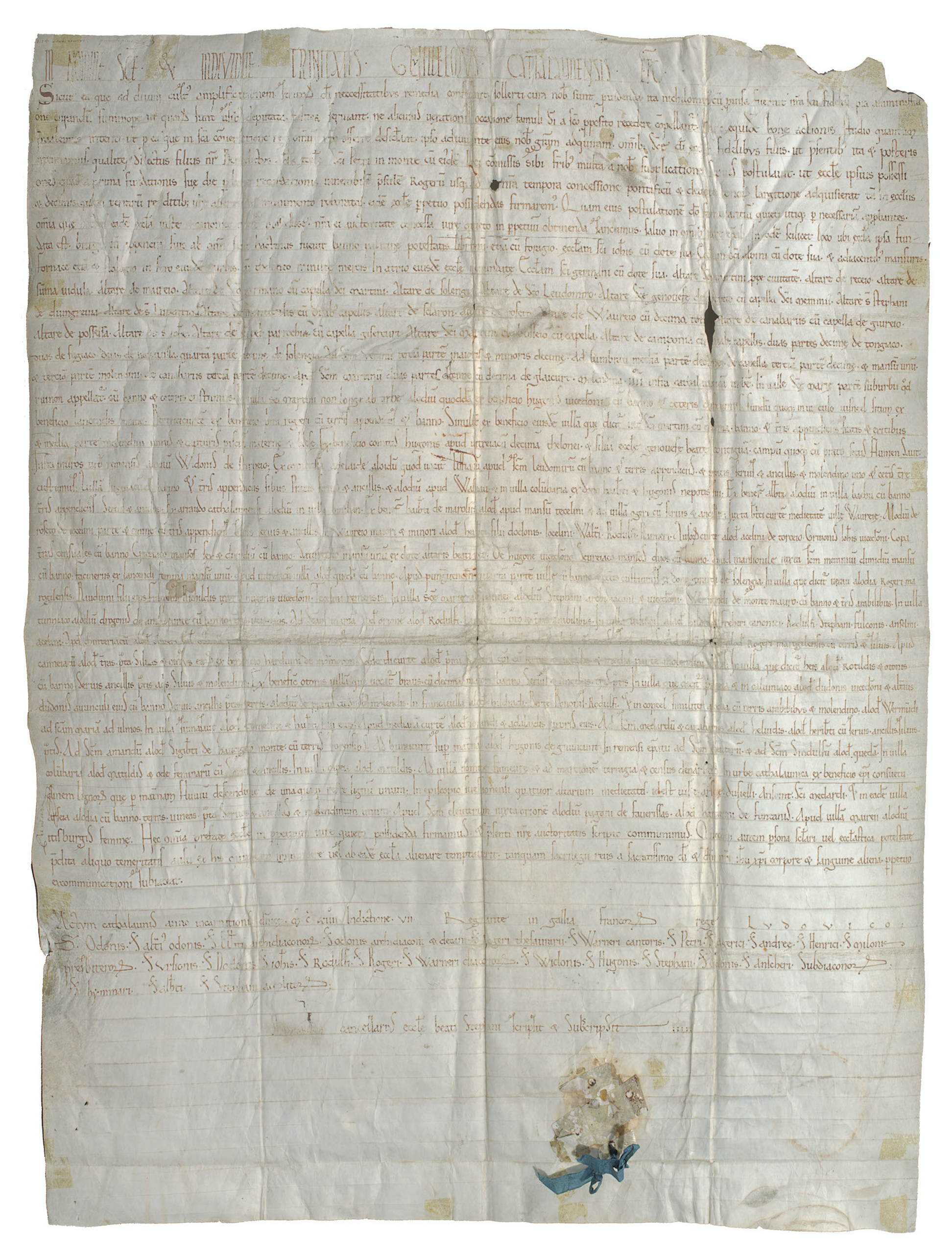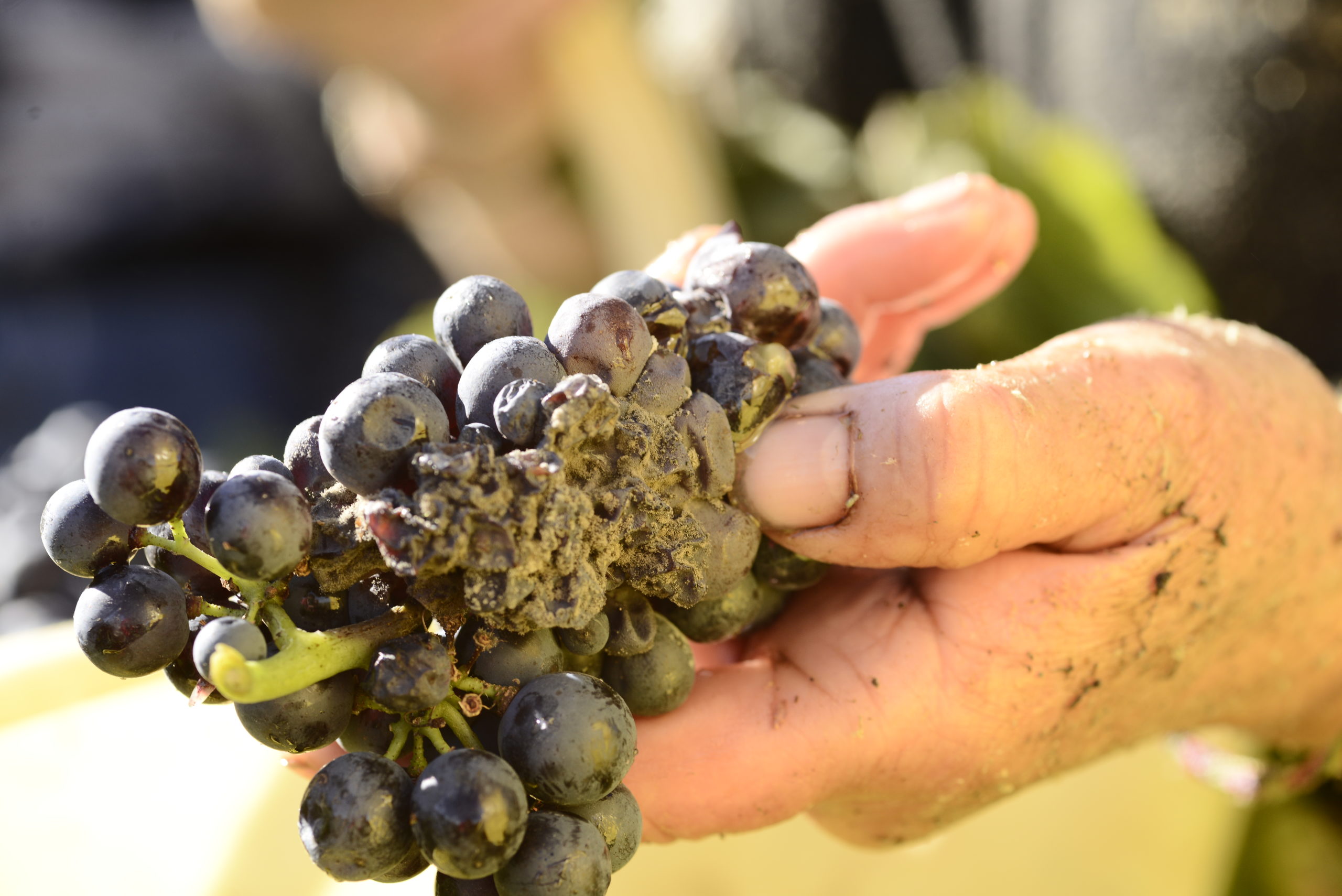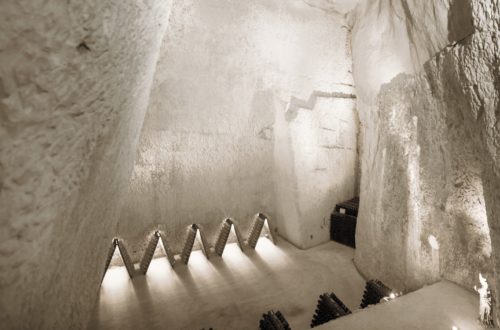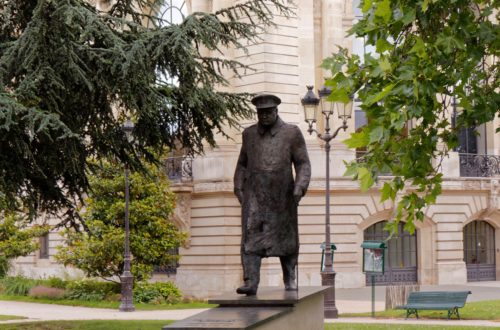
The History of Champagne
Dear readers,
It is important to know that since the very beginning of this era, wine growers have worked diligently to create the fine sparkling wine that is today, better known as champagne. This dedication and hard work have certainly not been in vain, since today champagne wine is the symbol of celebration par excellence throughout the world. In this article, I’m going to tell you about the history of champagne; its origin and evolution as well as the names that have contributed to its history. Let’s get started!
First of all, I’m going to reveal champagnes’ origins and the key dates of its evolution.
The appearance of the first vineyards and how they evolved:
All this history began with the first vineyards that appeared between the 1st and the 4th century, in a beautiful region called Champagne, in the North-East of France, which is known today as Champagne-Ardenne.
In the 12th century, the act of the great champagne charter was written and demarcated the agricultural and viticultural domains of the champagne.
Between the XIVth and the XVth century, the Hundred Years War devastated the Champagne region and thus slowed down the development of viticulture. The vines were abandoned and the presses destroyed. It was not until the end of the XVth century that the Champagne vineyard resumed its expansion and the number of wine-producing communes tripled, so by the end of the century, there were a total of 400 wine-producing communes.
From the appellation “vins de champagne” to the first census of wine-producing communes:
By the end of the 17th century, the wines from the Champagne region became known as “Champagne wines”. In 1887, the Syndicat des Grandes Marques de Champagne obtained a ruling from the Court of Appeal of Angers, which recognized the attribution of the word “Champagne” exclusively to wines from the Champagne region.
A direct quotation of an excerpt from the ruling reads: “Champagne or any Wines of Champagne can only be understood as a wine both harvested and produced in Champagne, an ancient province of France, geographically determined and whose limits can neither be extended nor restricted”.
Since the limits of the ruling were not precisely demarcated, in 1905, the Champenois asked the Ministry of Agriculture for a precise demarcation of the “Champagne viticole” and a stipulation that the exclusivity of the name “Champagne” would be reserved for wines “harvested and handled completely in the Champagne viticole”. It was not until 1908 that the first demarcation was imposed, with the criterion of the wine tradition. The appellation area, which represents about 15 000 hectares, includes: the Marne (Reims, Épernay, Vitry-le-François) and the Aisne.
In 1927, the Champagne region was subject to a new census to introduce the “communes suitable for producing the wine of the appellation”. In this new census, the terroirs of the Aube were reintegrated and a certain number of communes that had been forgotten during the demarcation of 1908 were added. The total area of the zone was increased from 15 000 hectares to 35 280 hectares.
In 2018, the Champagne Grande Charte gave its name to the champagne house “Grande Charte” a company that offers great champagne wines, farmed both organically and biodynamically by individual allocation.
The great names that contributed to the development of champagne
Who started to promote the Champagne wine?
In 496, the bishop Saint Remi became the first king of France to promote Champagne wine. At that time the clergy were in charge of the elaboration of the mass wine. The development of the sparkling wine continued to be valued by the coronation of the kings in the following years.
Who is the founder of the great Champagne charter?
This act confirming the agricultural and viticultural ownership of Champagne was made by Guillaume de Champeaux, bishop of Châlons-en-Champagne in 1114.
Who is recognized as the inventor of champagne?
In the 17th century, Dom Pérignon became recognized as the inventor of champagne. Throughout his lifetime, this Benedictine monk was on a quest to make the best and clearest wine in the world.
Dom Pérignon showed the Champenois how to mix wines and give them an unprecedented delicacy.
In 1663, five years before the arrival of Dom Pérignon, the abbey owned and cultivated 11 hectares of black grapes. By the 18th century, the vineyard and agricultural domain had grown to 48 hectares, forming the largest vineyard domain in the Champagne region.
Aged 29, when he arrived at the abbey, Dom Pérignon spent forty-seven years there. Over the years, the inventor developed techniques that are still adopted today, including the méthode champenoise.
His work to perfect the wine was already famous and “Father Perignon’s wine” was renowned in places as far away as Versailles. In 1687, the merchant of the Maison-Bouche of Louis XIV regularly ordered his wine as it was considered “the best in the world” despite the fact that it cost five times more than the competition.
Did you like my article on the history of champagne? Feel free to consult my other articles: the secrets of champagne making, is champagne good for your health? Or what to eat with champagne to learn more.




